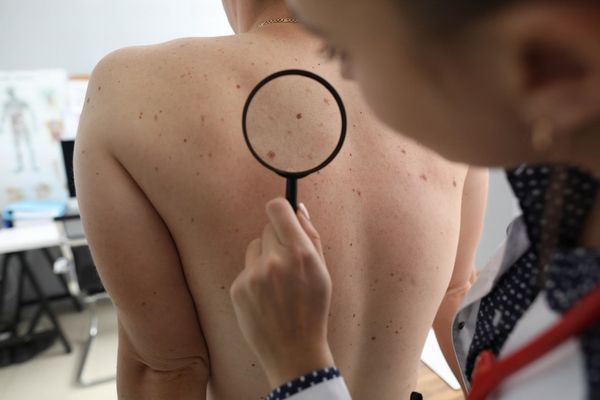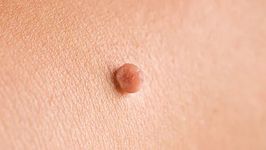How Do I Know if a Mole Is Cancerous?
Moles are common skin growths made up of pigment-producing cells called melanocytes. Most of the time, they’re harmless and remain unchanged for years. However, in some cases, a mole can develop into melanoma — a serious form of skin cancer that requires prompt treatment. Knowing what to look for can help you detect problems early, when treatment is most effective.
The ABCDE Rule for Moles
Dermatologists often recommend using the ABCDE rule as a quick self-check tool:
-
A – Asymmetry: If you draw a line through the mole, do both halves look the same? Harmless moles are usually symmetrical.
-
B – Border: Benign moles have smooth, even borders. Cancerous moles may have irregular, jagged, or blurred edges.
-
C – Colour: Normal moles are typically a single shade of brown. Watch out for multiple colours — black, red, white, or blue — in the same mole.
-
D – Diameter: Melanomas are often larger than 6 mm (about the size of a pencil eraser), though they can be smaller.
-
E – Evolving: Any change in size, shape, colour, or texture — or new symptoms like bleeding or itching — should be checked.
Other Warning Signs
While the ABCDE guide is helpful, it’s not the only way to spot trouble. You should also be cautious if:
-
A mole appears suddenly after the age of 30.
-
You have a sore or spot that doesn’t heal.
-
You notice redness or swelling beyond the edge of the mole.
-
There’s oozing, scaliness, or tenderness in the area.
Who’s at Higher Risk?
Anyone can develop melanoma, but your risk is higher if you have:
-
A family history of skin cancer.
-
Fair skin, freckles, or light-coloured eyes.
-
A history of frequent sunburns or tanning bed use.
-
A large number of moles or unusual (atypical) moles.
When to See a Professional
If you notice any of these signs, book an appointment with a dermatologist or a qualified healthcare provider. They can examine the mole using tools like dermoscopy and, if needed, perform a biopsy to confirm whether it’s cancerous.
Early detection can be lifesaving — melanoma caught in its earliest stage has a very high cure rate. Even if it turns out to be harmless, getting peace of mind is worth it.
At NewM Clinic, we offer professional mole assessments and removal procedures in a safe, medical environment. If you’re concerned about a mole, don’t wait and wonder — let us evaluate it and guide you on the next steps.




